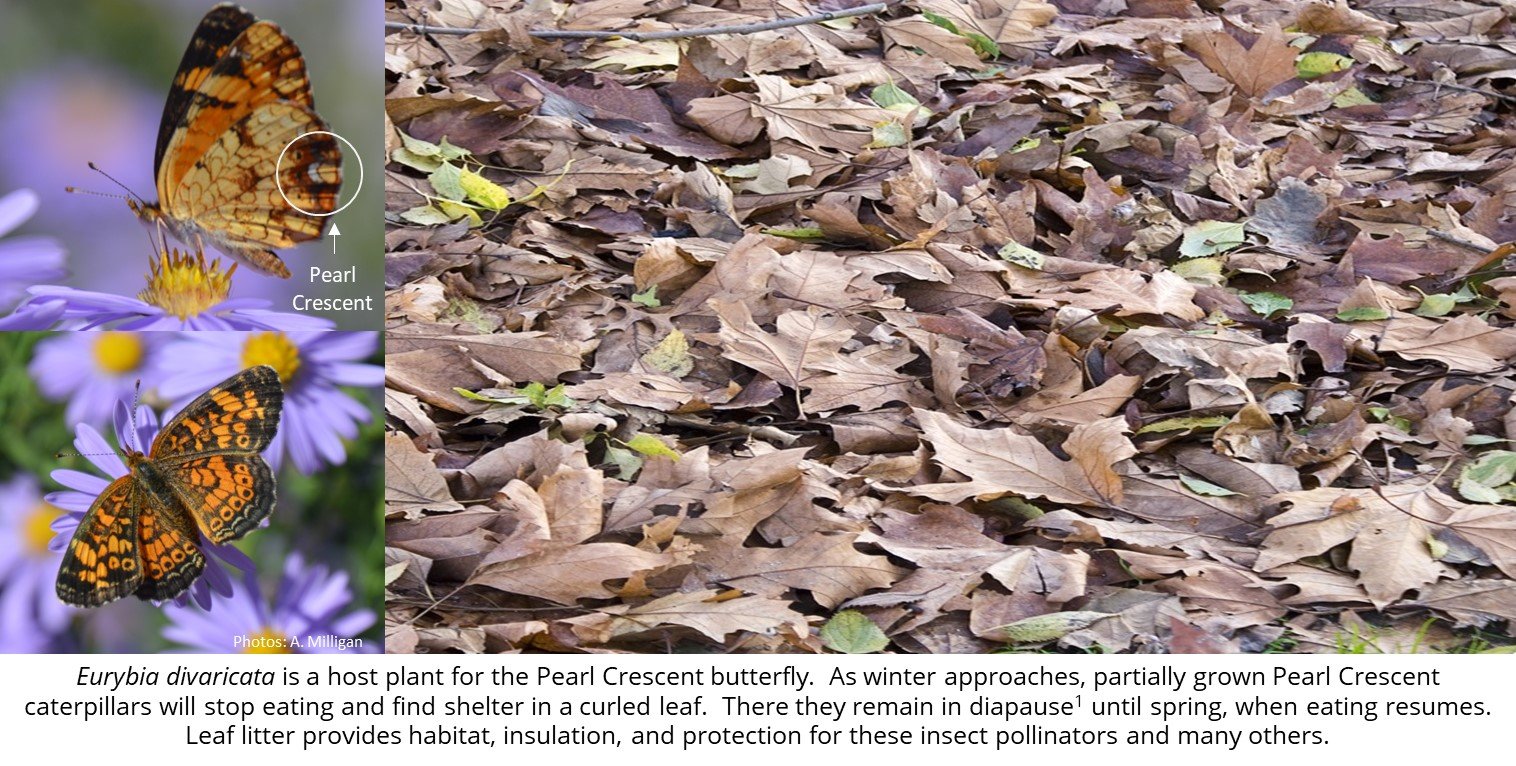Sugg-Jeff-tion
A Note From Jeffrey Popp, Director of Restoration
Happy New Year!
As we reflect on the holidays, many people have committed to numerous New Year’s resolutions. Some of the most common resolutions include spending more time outdoors, exercising more, or being more active in your community. What if I told you there was a great activity that most anyone can do that would help meet all three of these objectives? Today is your lucky day- that activity is removing English Ivy and other invasive vines from your local trees.
As you already know, English Ivy and other invasive vines can negatively impact trees and forest habitats as they outcompete native trees for water, light, and nutrients, and once large enough can cause mature trees to topple. Invasive vines continue to grow in the place of fallen trees, preventing successful regeneration of new trees, especially in disturbed areas. Once established it is near impossible for new trees to grow in areas were invasive vines have the competitive advantage, leading to ecosystem crash. In communities this can also lead to significant property damage and safety concerns as trees are closer to people and buildings. The good news is that you can help!
Deemed the “newest winter sport in Anne Arundel County” by our partners at Save Our Trees, removing English Ivy and other invasive vines from mature trees is best done in winter when the trees are dormant, the vines are easy to locate and identify, and there are less mosquitos and ticks. Once you identify the vines, pulling the plant out by the root is the best method to kill the entire plant. However, if you are unable to remove the root, use garden pruners to cut vines around 4 feet up from the tree base around the entire trunk of the tree. Pull the cut vines down from where you cut to the root, to reduce the chances of them resprouting and climbing back up the tree. Vines above the cut can be left in place and will eventually die, fall off the tree, and decompose. For more information on vine removal, check out this educational video by Save our Trees. Once you are done, celebrate your hard work, give that tree a hug, and move on to the next one. Cut, pull, repeat.
So, stick to those new year resolutions and get outside, get your exercise, and help your community trees by killing those vines. Not only will you feel accomplished for saving the trees, but you will be meeting at least three of those New Year’s resolutions at the same time. Just a sugg-Jeff-tion!
-Jeffrey Popp, Director of Restoration










